What is Bamboo Fabric?
Bamboo fabric is such a kind of fabric made of bamboo fibers yarn. Bamboo has been used for decades to manufacture fabric in addition to paper. It is a kind of sustainable fabric made from bamboo pulp. Since it is manufactured from natural ingredients, it is an ecological-friendly fabric.
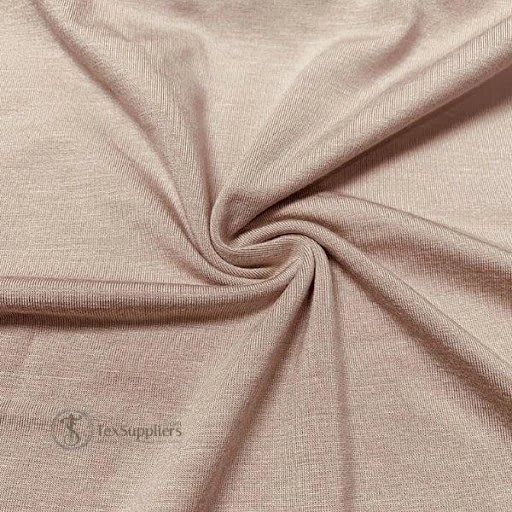
It's not only smoother than silk, but it's also one of the most comfortable fabrics you'll ever own. It's also anti-bacterial, wrinkle-resistant, and environmentally friendly when produced responsibly. Designers are gradually beginning to employ this fabric in several of their future collections. This article will discuss in detail Bamboo fabric and its advantages and disadvantages.
Table Of Contents
Bamboo Fabric Properties
|
Fabric Name |
Bamboo Fabric |
|
Fabric Materials |
Bamboo Fibers Yarn |
|
Fabric Breathability |
Highly Breathable |
|
Heat retention capabilities |
Medium |
|
Moisture-wicking capabilities |
High |
|
Fabric Stretchability |
Excellent |
|
Prone to bubbling |
High |
|
Applications comfortability |
Excellent |
|
Mostly used in |
Household and Clothing textile |
How is the Bamboo Fabric made?
Different manufacturing processes are used to manufacture bamboo fabric according to the type of fabric. The most popular bamboo fabric is bamboo viscose. The primary ingredient to manufacture Bamboo fabric is Bamboo. Let's take a look at How bamboo fabric is made.
Step-01: Cutting Bamboo into Strips
After harvesting and collecting the Bamboo, the first step to manufacturing bamboo fabric is cutting the Bamboo into strips. Making use of a wood or metal blade, discover and cut the nodes as well as the bottom ring of the bamboo.
Step-02: Smash the Bamboo to make pulp
Turn the stalks into little pieces of raw Bamboo once they're prepared. Now you have to place the chips into the pulper. You have to keep the pulper temperature to 145°C, then steam it to produce bamboo pulp.
Step-03: Use the Chemicals
Now soak the chips into the chemical's solution for up to 3 hours. Now it will let you collect the cellulose. Then soak the collected cellulose in a sodium hydroxide solution at 20-25 degrees Celsius.
Step-04: Spin it into yarn
Allow the material to dry after soaking to make separation simpler entirely. The fiber is next spun into threads and subsequently into yarns. Bamboo yarns are unusual in that they have a natural elasticity of 20%, which makes them ideal for knitting.
Step-05: Weave into the fabric
Now transform yarns into fabric using the weaving process of textile manufacturing. There are a variety of procedures to choose from, and also each has an influence on the characteristics of the fabric.
Bamboo Fabric Benefits
Bamboo fabric comes with several exclusive advantages over other fabrics. It is a sustainable as well as a comfortable fabric that makes it one of the popular fabrics in the textile industry. Let's take a look at the advantages of this eco-friendly fabric.
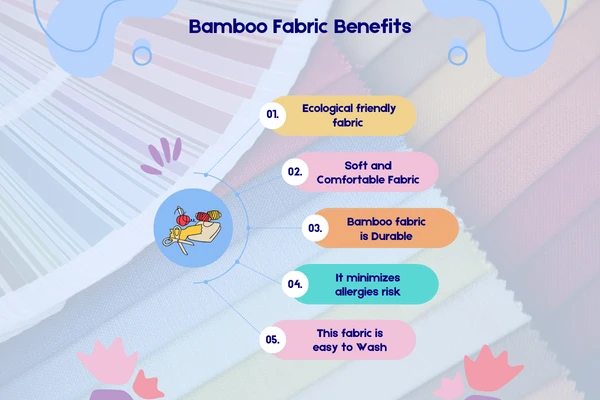
a. Ecological friendly fabric:
Bamboo cloth is the world's most sustainable and environmentally friendly fabric. It is also 100% recyclable, the most natural resource in the world, and offers an abundance of useable oxygen, contributing to the atmospheric balance of O2 and CO2.
b. Soft and Comfortable Fabric
Another significant benefit is the unrivaled softness of bamboo fabrics and the exceptional comfort they provide. The fiber's smooth form, as well as its absorbency, are the secrets underlying this remarkable feature. Because there are no harsh as well as rough parts that cause skin irritation, this design feels lovely against the skin.
c. Bamboo fabric is Durable.
One of the notable features of bamboo fabric is that it is an excellently durable fabric. Following usage, this kind of fabric does not continue to shrink. As a consequence, your clothing looks great once they've been washed.
d. It minimizes allergy risk.
You know how many problems allergic reactions may bring if you've ever experienced one. People may now pick bamboo cloth for their goods and enjoy a pleasant life as a result. Because of its antimicrobial characteristics, it helps to reduce the allergy risk.
e. This fabric is easy to Wash.
Are you thinking about cleaning and maintaining your apparel? The applications of bamboo fabric let you clean them easily. You can wash this fabric with gentle, warm, and cold water. However, it is advisable to avoid machine washing.
Disadvantages of Bamboo Fabric
- The plant is considered invasive. When growing outside of its natural environment, it has the potential to replace entirely and totally dominate native species.
- It is possible that unique laundry will be necessary since Bamboo shrinks more than cotton materials in general.
- Bamboo cloth wrinkles more than most other types of textiles as well. Bamboo may not have been the best option for a cloth, depending on its intended usage.
- Any bamboo cloth that has been chemically processed with carbon disulfide is hazardous to the environment. Chemicals employed in fabric processing are dangerous to health and the environment.
How Is Bamboo Fabric Used?
Bamboo fabric can be utilized in almost every application that uses cotton. Some customers may even choose this fabric over cotton because of its many advantages. Bamboo textiles are used to produce towels, undergarments, shirts, and bedsheets because of their durability and softness. This breathable, smooth, and silky fabric is sometimes used as a substitute for cotton. The textile and apparel industries embrace these characteristics.





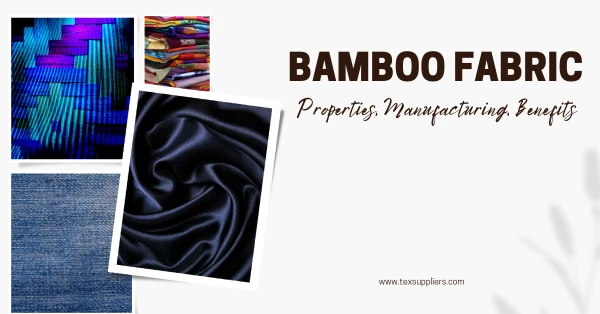
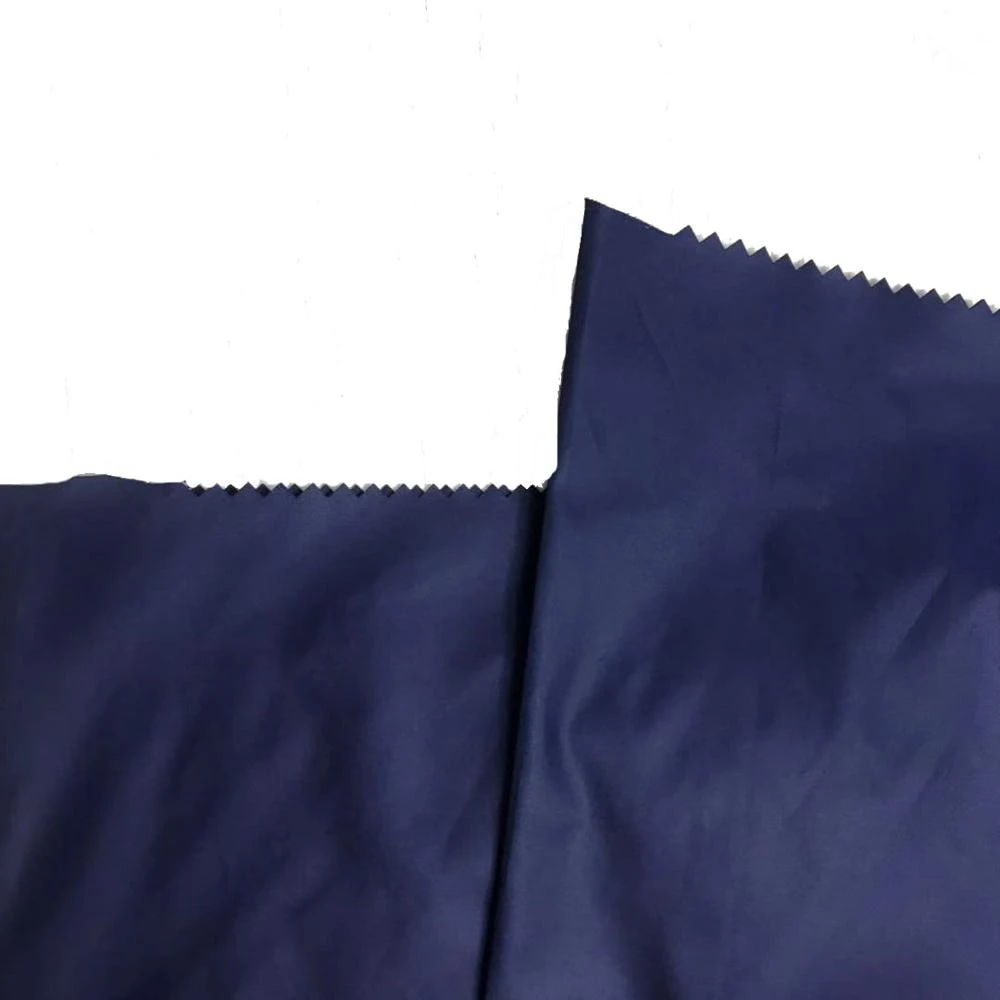
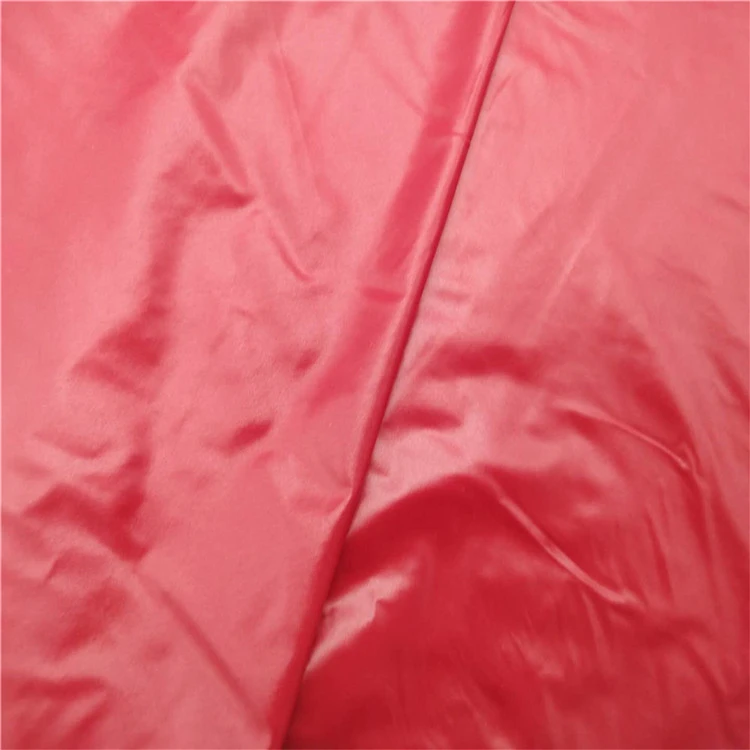
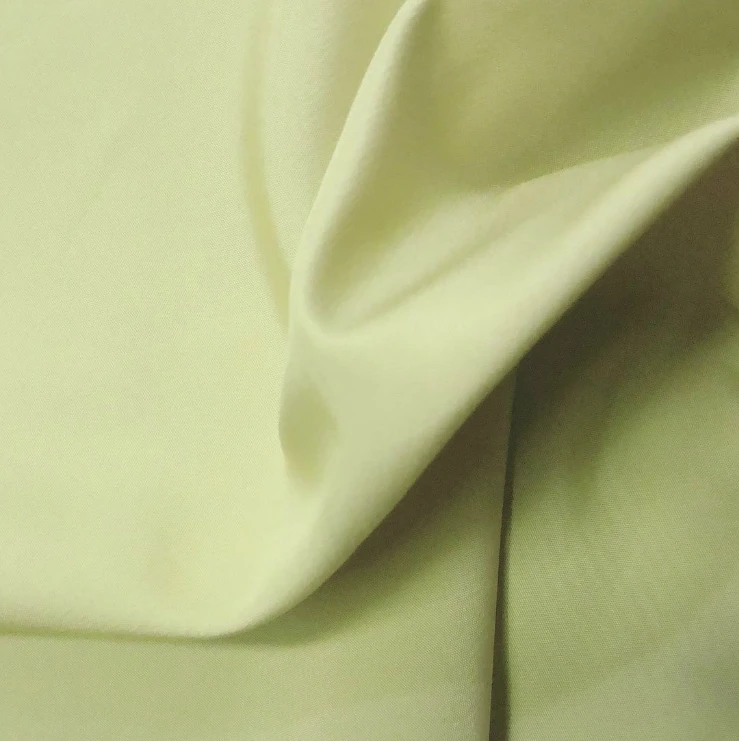
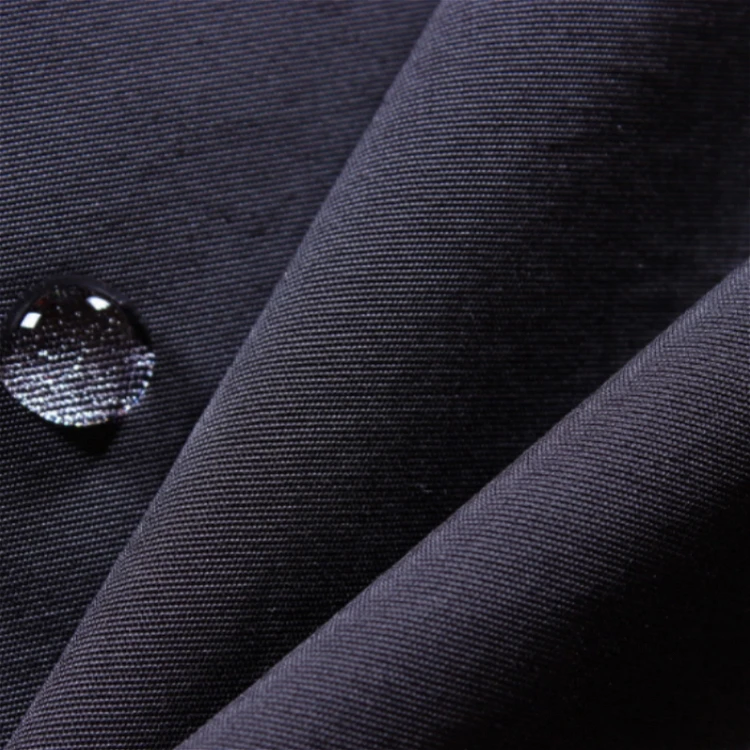
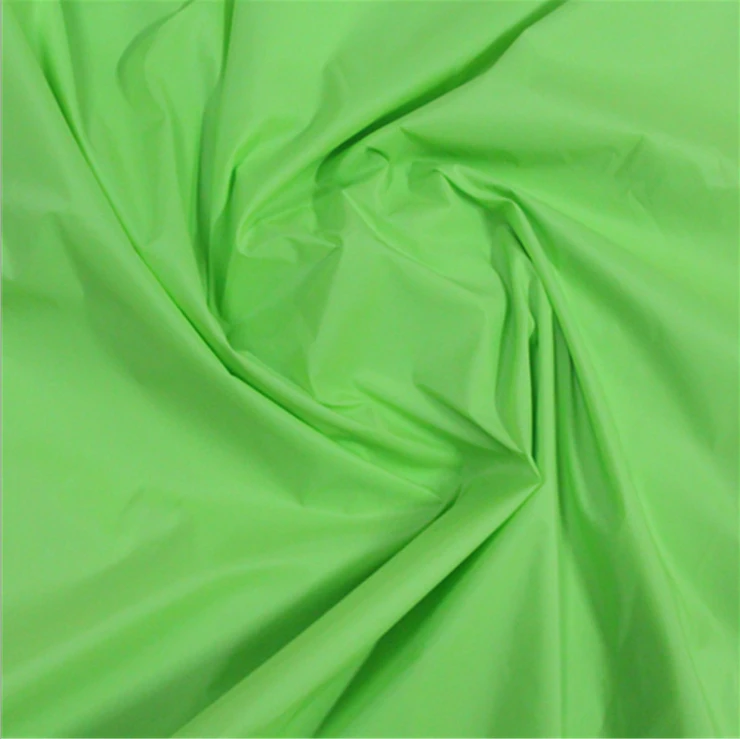





Comments - 00
Leave A Reply
Thanks for choosing to leave a comment.